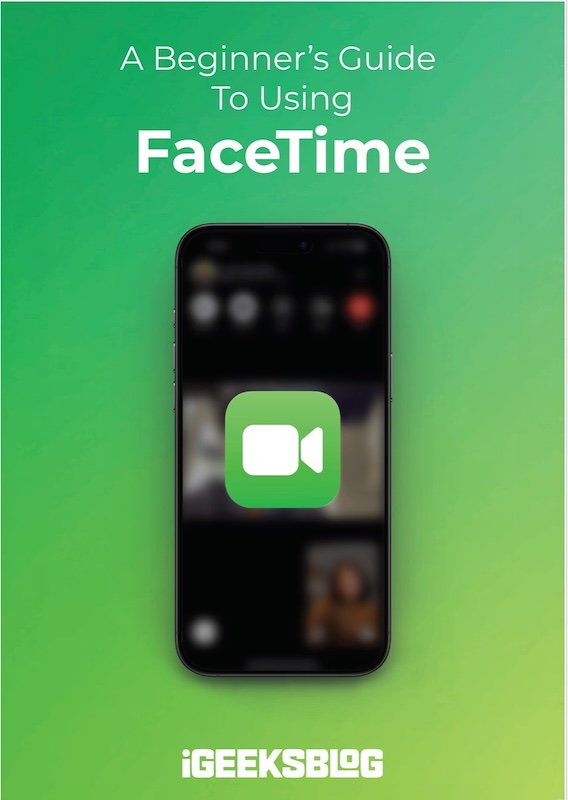
FaceTime Like a Pro
Get our exclusive Ultimate FaceTime Guide 📚 — absolutely FREE when you sign up for our newsletter below.

FaceTime Like a Pro
Get our exclusive Ultimate FaceTime Guide 📚 — absolutely FREE when you sign up for our newsletter below.
More often, a workspace or school network requires you to use a proxy. This redirects your network requests to a proxy server. However, it can also be helpful if you want to hide your IP address or access geo-blocked websites. The good news is that configuring a proxy server on iPhone and iPad is pretty simple.
All you need is the credentials of the proxy server and this iGeeksBlog’s guide. But before we move on to the hows, let’s first understand the whats and whys.
It’s all in the name; the setting builds a proxy for your IP address. Simply put, it acts as a gateway/barricade between the internet and your device. As discussed above, a proxy server can have many use cases, from securing your IP against malicious parties to unlocking geo-blocked content.
Benefits of using a proxy server
And that’s why individuals and institutions rely on a proxy server. However, you can’t randomly deploy proxy settings on an iOS device and need valid credentials such as the server address, port, and password, if applicable.
So, connect with your proxy service providers, school, or college to get hold of that information. And hop on to the next section to enable a proxy server.

Once everything is set up, your iPhone and iPad will forward all network requests to the configured proxy server. You can easily change or turn it off. Simply, repeat the steps and select a suitable option.
In addition, the proxy is enabled for one Wi-Fi network at a time. And if you want the same or different proxy for all available Wi-Fi networks, repeat the steps for each network.
Note: If you can’t access the internet after setting up, the credentials might be incorrect, or the server is unavailable. Contact the service provider to troubleshoot the issue.
Happy surfing!
Hopefully, our guide has helped you configure a proxy server on your iPhone and iPad. If you have any further queries or questions, use the comment section below to connect with us.
Want to tinker more with your device? Check out these posts